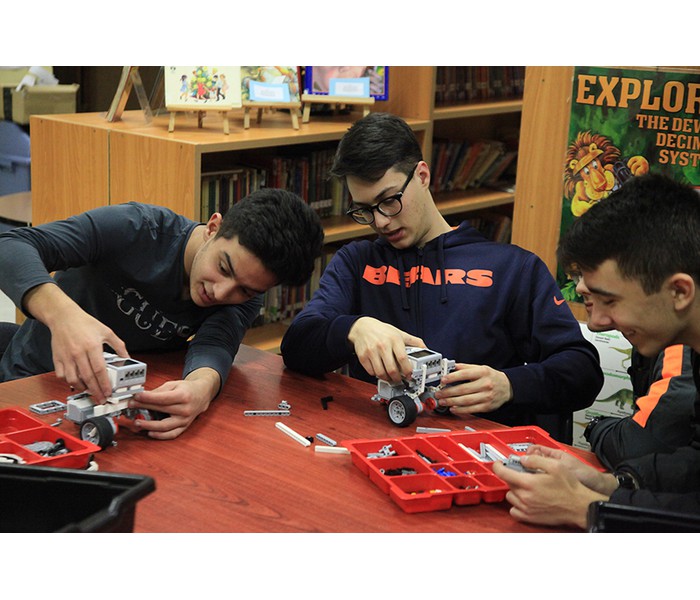Commit to Creativity
January 26, 2018


Happy New Year!
I hope this post finds you and your loved ones well, physically and emotionally, at the start of 2018.
As the new year commences, it’s an opportune time to share thoughts on children and creativity. Indeed, what better new year’s resolution than to commit to creativity! So, with your creativity commitment pledge, the question one must ask is, What are the optimal conditions for my child’s creativity to flourish?
Some of you may remember me opening my remarks at the annual Pinewood Dance Performance a few years ago with the following from Twyla Tharp, iconic American dancer, choreographer and author, to make a simple point – creativity is essential to all things, essential to humanity. Tharp said:
“Creativity is not just for artists. It’s for businesspeople looking for a new way to close a sale; it’s for engineers trying to solve a problem; it’s for parents who want their children to see the world in more than one way.”
However, as Ken Robinson (Do Schools Kill Creativity?) stresses, you can’t just give someone a creativity injection. You have to create an environment for curiosity to grow and a way to encourage it to get the best out of him or her. As he says, quite rightly,
“Creativity is the process of having original ideas that have value. It is a process; it’s not random.”
To help address our question and ensure that you fruitfully fulfill your new year’s resolution along the lines of Robinson’s (and my) belief about creativity, I bring to the discussion the work of Mitchel Resnick, LEGO Papert Professor of Learning Research, MIT Media Lab and author of “Lifelong Kindergarten: Cultivating Creativity through Projects, Passion, Peers and Play”.
In his book, Resnick contends, “There’s a common misconception that the best way to encourage children’s creativity is simply to get out of the way and let them be creative. Although it’s certainly true that children are naturally curious and inquisitive, they need support to develop their creative capacities and reach their full potential.”
So, then, what does it take to raise a creative child? A recent New York Times article revealed that simple things, like the number of rules you have at home, play a role in cultivating creative children. In the article, one study compared the families of children who were rated among the most creative in their schools with those who were not unusually creative. The parents of the latter children had an average of six rules, like specific schedules for homework and bedtime. Parents of highly creative children, on the other hand, had an average of fewer than one rule. Harvard psychologist Teresa Amabile says of this outcome, “Creativity may be hard to nurture, but it’s easy to thwart. By limiting rules, parents encouraged their children to think for themselves. They tended to place emphasis on moral values, rather than on specific rules.”
Resnick, in his book, describes a Creative Learning Spiral: imagine, create, play, share, reflect. Within this spiral, here are concrete examples of how to cultivate your child’s creativity (and fulfill your new year’s resolution). All ideas are taken from 10 Tips for Creating a Fertile Environment for Kids’ Creativity and Growth, where you can find further elaboration of each guiding principle.
1. Show examples to spark ideas
2. Encourage messing around
3. Provide a wide variety of materials
4. Embrace all types of making
5. Emphasize process, not product
6. Extend time for projects
7. Play the role of matchmaker
8. Get involved as a collaborator
9. Ask (authentic) questions
10. Share your own reflections
And, remember, an essential part of creativity is not being afraid to fail. – Edwin Land – co-founder of Polaroid
A creative 2018 to all!
Dr. Giampapa is the President of Pinewood American International School, a forward-thinking PreK-12 college preparatory school in Thessaloniki, Greece.


